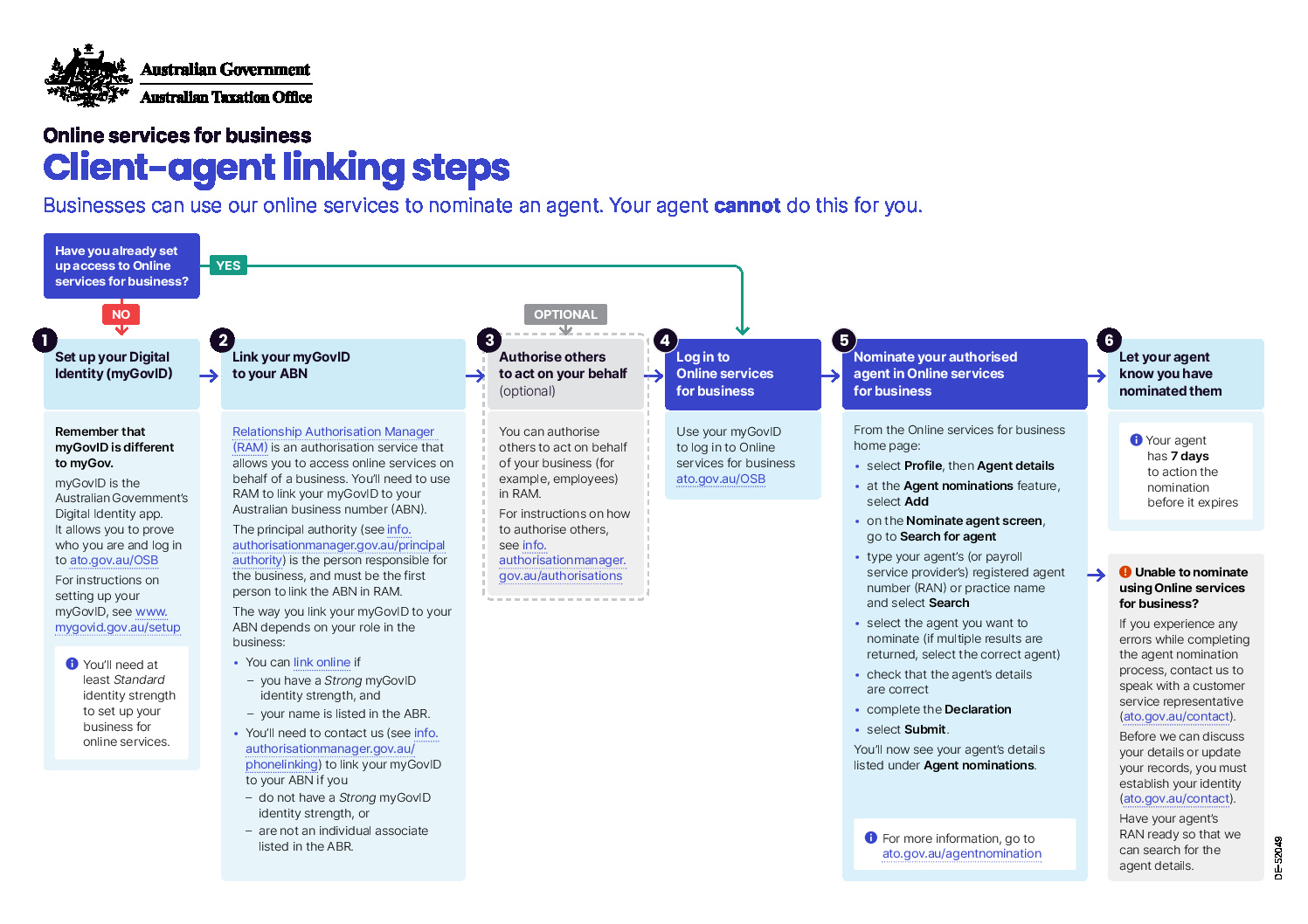So the changes to superannuation have meant that you are restricted with how much you can contribute and you ask, “What are tax effective investment structures when super is maxed out?”.
Good question.
With superannuation becoming difficult for people to contribute large amounts in a tax effective manner, where to place these funds outside of superannuation is becoming much more important. Everyone’s situation is different and will lend themselves to some options more than others, but there are still some incredibly effective options for most people to build wealth outside of superannuation.
We will look at some of these below and how they can be of benefit in managing the level of tax that is paid.
Tax effective investment structures when super is maxed out: Private Companies
For those tax payers whose incomes is taxed at a marginal tax rate of 30% or more, investing funds through a private company gives the ability to limit tax to 30% on earnings until those funds are withdrawn from the company. The tax rate may be even less if the company meets the definition of a Base Rate Entity (BRE). To be a BRE the company must be operating a business and have turnover less than $25m (for the 2017/18 financial year.
The drawbacks of companies are the added costs that are incurred each year through ASIC fees, and annual compliance costs to prepare tax returns and financial statements. Companies also miss out on the 50% CGT discount on capital gains, which does make them unattractive to invest in growth assets, although this may not be as bad as it seems. Companies are able to access the small business CGT concessions if the conditions are met.
As mentioned above companies only offer the ability to defer tax that is paid on the profits derived, as when these funds are withdrawn by the shareholders they must get taxed at their marginal rates at the time. Depending on circumstances, this deferral of tax could mean the final tax paid by the shareholder is significantly less than otherwise would have been paid. Due to imputation, the shareholder receives a tax credit for the tax paid by the company, so you may even receive an additional refund of these!
Tax effective investment structures when super is maxed out: Trusts
Family trusts offer an attractive investment vehicle, especially for growth assets as capital gains made in trusts may be able to access all of the CGT discounts and concessions. Family trusts require the profits to be paid out each financial year though (or they’re taxed at the highest marginal tax rate), so depending on where these profits can be distributed among beneficiaries decides the level of tax that is paid. Family trusts give you the choice each year on where the profits go, so give great flexibility to be able to achieve the best tax outcome possible in the circumstances available.
Unit trusts offer the same advantage as family trusts in that capital gains may be able to access the CGT discounts and concessions, but they are limited to where the profits must be distributed each year by who the unit holders are. They’re a little less flexible and have other tax consequences that may occur, so careful consideration needs to be made as to the situations in which they are used.
How to set up a family trust
If you’ve been wondering how to set up a family trust correctly, you are not alone. Thousands of new family trusts are set up in Australia each year for a variety of reasons including asset protection, tax optimisation or to act as the legal structure for a business.
The following article from Christina Wolfsbauer of Intello Legal provide a step-by-step guide to setting up a family trust.
Tax effective investment structures when super is maxed out: Investment Bonds
Investment Bonds, also known as insurance bonds and a few other names, are tax paid investments. They allow you to invest a lump sum where the earnings are reinvested and taxed within the fund at the company tax rate of 30%. After 10 years it is then possible to withdraw the funds with no additional tax paid. Funds are able to be withdrawn at any time, but if withdrawn before 10 years there are tax implications, with a sliding scale of how these are taxed. A tax offset of 30% (much like imputation credits with private companies) is applied to the taxable amount of any funds withdrawn.
Investment bonds also allow for additional contributions to be made each year without affecting the 10 year time frame but are limited to 125% of the previous year’s contributions.
Investment bonds are also an effective way to transfer wealth to the nominated beneficiary of the account, as upon death the beneficiary receives these funds tax free. This is the case even if the 10 years hasn’t passed.
As you can see there are still various options available to accumulate wealth outside of superannuation that offer flexibility and access to funds when needed. As each persons situation is different and may involve one or a combination of the above, it is always best to seek professional advice before establishing your future investment plan.
















